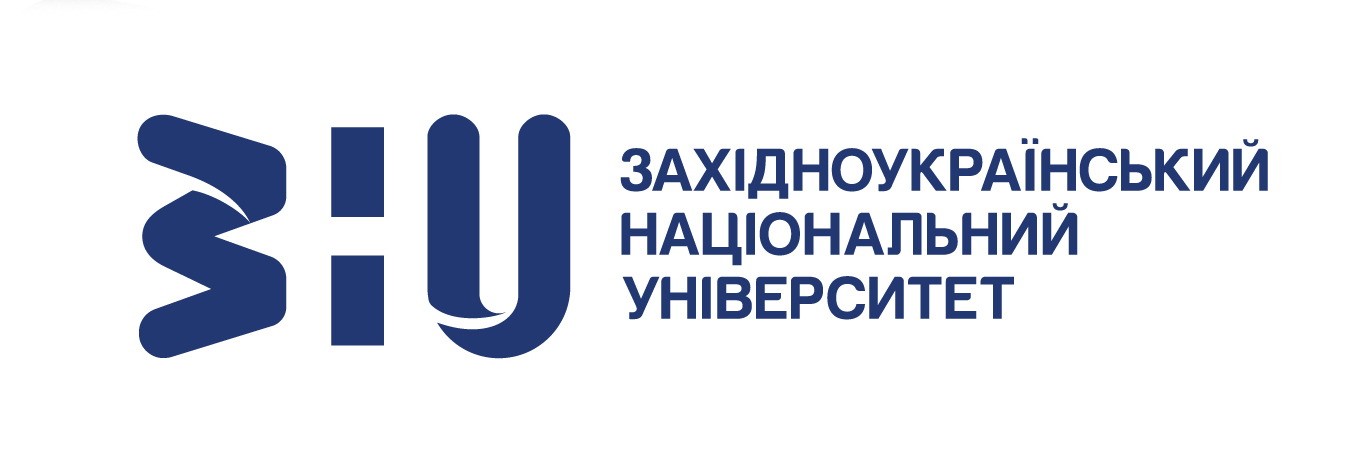FINANCIAL CHALLENGES AND THREATS OF CIRCULAR ECONOMY LOGISTICS
DOI:
https://doi.org/10.35774/sf2024.01.111Keywords:
circular economy, circular economy logistics, financial challenges, financial threats, reverse supply chainsAbstract
Introduction. The circular economy is an important component of sustainable development aimed at conserving resources and reducing waste. However, its successful implementation in the field of logistics faces a number of financial challenges and threats.
The purpose of the article is to scientifically substantiate the role of circular economy logistics in the formation of effective resource management systems; identify financial problems and threats that can negatively affect the logistics of the circular economy, argue the economic benefits associated with the closed-loop economy, which contribute to the sustainability and efficiency of the use of resources.
Results. The economic aspects related to the logistics of the circular economy are considered, the main financial challenges and threats that organizations may face during the transition to the business model of the closed cycle economy are systematized. A methodological approach to the study of financial challenges and threats is proposed, which involves 4 steps, and in particular: at the 1st stage of the study, the leader in the trade of processed raw materials – Germany is determined and the factors that determine the leadership of this country are characterized; at the next stage, possible financial threats that prevent the effective development of circular economy logistics are argued; at the third stage, the relationship between the level of reuse of materials and the exchange rate, interest rates, and inflation rates was investigated using the multiple regression method. On the basis of the results obtained at the first stage, the companies that carry out their activities in the field of circular economy logistics are singled out.
Conclusions. The financial challenges and threats discussed provide a basic platform for developing financial management strategies that support the transition to a circular economy in logistics and contribute to achieving sustainable development.
Prospects. Prospects for the development of circular economy logistics have significant potential for improving sustainability and efficiency in resource management. This approach offers a transition from the traditional “emission-use” model to a “use-use” model, where waste becomes raw material for new products or processes.
References
Krysovatyi, A., Zvarych, I., Brodovska, O., Zvarych, R. (2022). Global social sustainability and inclusion: The “Voice” of social and environmental imbalances. Journal of Risk and Financial Management, 15, 599.
Zvarych, I., Brodovska, O. (2023). Determinants of the formation of an inclusive economy in Middle East countries and its socioe-conomic consequences. Ekonomichnyi Analiz, 2, 291–300 (Vol. 33) ISSN 2219–4649.
Zhang, A., Wang, J., Farooque, M., Wang, Y., Choi, T. (2021). Multi dimensional circular supply chain management: a comparative review of the state-of-the-art practices and research. Transportation Research Part E: Logistics and Transportation Review, 155. doi:10.1016/j.tre. 2021.102509.
Makarova, I., Shubenkova, K., Pashkevich, A. (2018). The concept of the decision support system is to plan the reverse logistics in the automotive industry. 26th International Conference on Software, Telecommunications and Computer Networks (SoftCOM), 1–6. IEEE. doi: 10.23919/SOFTCOM.2018.8555760.
Rogers, D. S., Tibben-Lembke, R. (2001). An examination of reverse logistics practices. Journal of Business Logistics, 22, 129–148. doi: 10.1002/j.2158-1592.2001.tb00007.x.
Butt, Atif, Ali, Imran Govindan, Kannan. (2023). The role of reverse logistics in a circular economy for achieving sustainable development goals: a multiple case study of retail firms. Production Planning & Control. doi: 10.1080/09537287.2023.2197851.
Rémy Le Moigne. 2020. REVERSE LOGISTICS, THE CIRCULAR ECONOMY WEAKEST LINK. Available at: https://www.renewablematter.eu/articles/article/reverse-logistics-the-circulareconomy-weakest-link.
Yudi Fernando, Charbel Jose Chiappetta Jabbour, Wen-Xin Wah. (2019). Pursuing green growth in technology firms through the connections between environmental innovation and sustainable business performance: Does service capability matter? Resources, Conservation and Recycling, 141, 8–20, ISSN 0921-3449, https://doi.org/10.1016/j.resconrec.2018.09.031.
Guide, V. D. R. Jr, Jayaraman, V., Linton, J. D. (2003). Building contingency planning for closed-loop supply chains with product recovery. Journal of Operations Management, 21, 259–279. doi:10. 1016/S0272-6963(02)00110-9.
Alghababsheh, M., Abu Khader, D. E., Butt, A. S., Moktadir, M. A. (2022). Business strategy, green supply chain management practices and financial performance: a nuanced empirical examination. PRODUCTION PLANNING & CONTROL 11 Journal of Cleaner Production 380 (2): 134865. doi:10.1016/j.jclepro. 2022.134865.
Fernando, Y., Shaharudin, M., Abideen, A. (2023). Circular economy-based reverse logistics: dynamic interplay between sustainable resource commitment and financial performance: European Journal of Management and Business Economics, 32. (Iss. 1). Available at: https://www.emerald.com/insight/content/doi/10.1108/EJMBE-08-2020-0254/full/html.
Ellen MacArthur foundation, the circular economy and supply chains. (2023). Available at: https://www.ellenmacarthurfoundation.org/circularsupply-chains.
Lee, S. Y. Klassen, R. D. (2008). Drivers and enablers that foster environmental management capabilities in small and medium-sized suppliers in supply chains. Production and Operations Management, 17, 573–586. http://dx.doi.org/10.3401/poms.1080.0063.
Fleischmann, M., Bloemhof-Ruwaard, J., Beullens, P., Dekker, R. (2004). Reverse logistics network design. In Reverse Logistics, 65–94. Berlin; Heidelberg: Springer. doi:10.1007/978-3-540-24803-3_4.
Report of bmwk. (2023). More security of supply through recycling metals and industrial minerals. Available at: https://www.bmwk.de/Redaktion/DE/Pressemitteilungen/2023/10/20231019-mehr-versorgungssicherheit-durch-recycling-vonmetallen-und-industriemineralen.html.
Carter, C. R., Ellram, L. M. (1998). Reverse logistics: a review of the literature and framework for future investigation. Journal of Business Logistics, 19.
Tang, O., Teunter, R. (2009). Economic lot scheduling problem with returns. Production and Operations Management, 15, 488–497. doi: 10.1111/j.1937-5956.2006.tb00158.x.
Sbihi, Abdelkader, Eglese, Richard. (2010). Combinatorial optimization and Green Logistics. Annals of Operations Research, 175. doi: 10.1007/s10479-009-0651-z.
Farooque, M., Zhang, A., Thurer, M., Qu, T., Huisingh, D. (2019). Circular Supply Chain Management: A Definition and Structured Literature Review. Journal of Cleaner Production 228: 882–900. doi:10. 1016/j.jclepro.2019.04.303.
Farooque, M., Zhang, A., Liu, Y. (2019). Barriers to circular food supply chains in China. Supply Chain Management: An International Journal, 24, 677–696. doi:10.1108/SCM-10-2018-0345.
Burke, H., Zhang, A., Wang J. (2021). Integrating product design and supply chain management for a circular economy. Production Planning & Control, 1–17. doi:10.1080/09537287.2021.1983063.
European Central Bank (2023, October 26). Key ECB interest rates. Retrieved September. Available at: https://www.ecb.europa.eu/home/html/index.en.html.
Trading Economy (2023, October 28). Interest Rates of ECB. Euro Area Interest Rate. Available at: https://tradingeconomics.com/euro-area/interest-rate.
European Union (2023, November, 27). Eurostat Database. Eurostat. Available at: https://ec.europa.eu/eurostat/data/database.
World Bank (2023, December, 6). World Integrated Trade Solution. Available at: https://wits.worldbank.org/.


